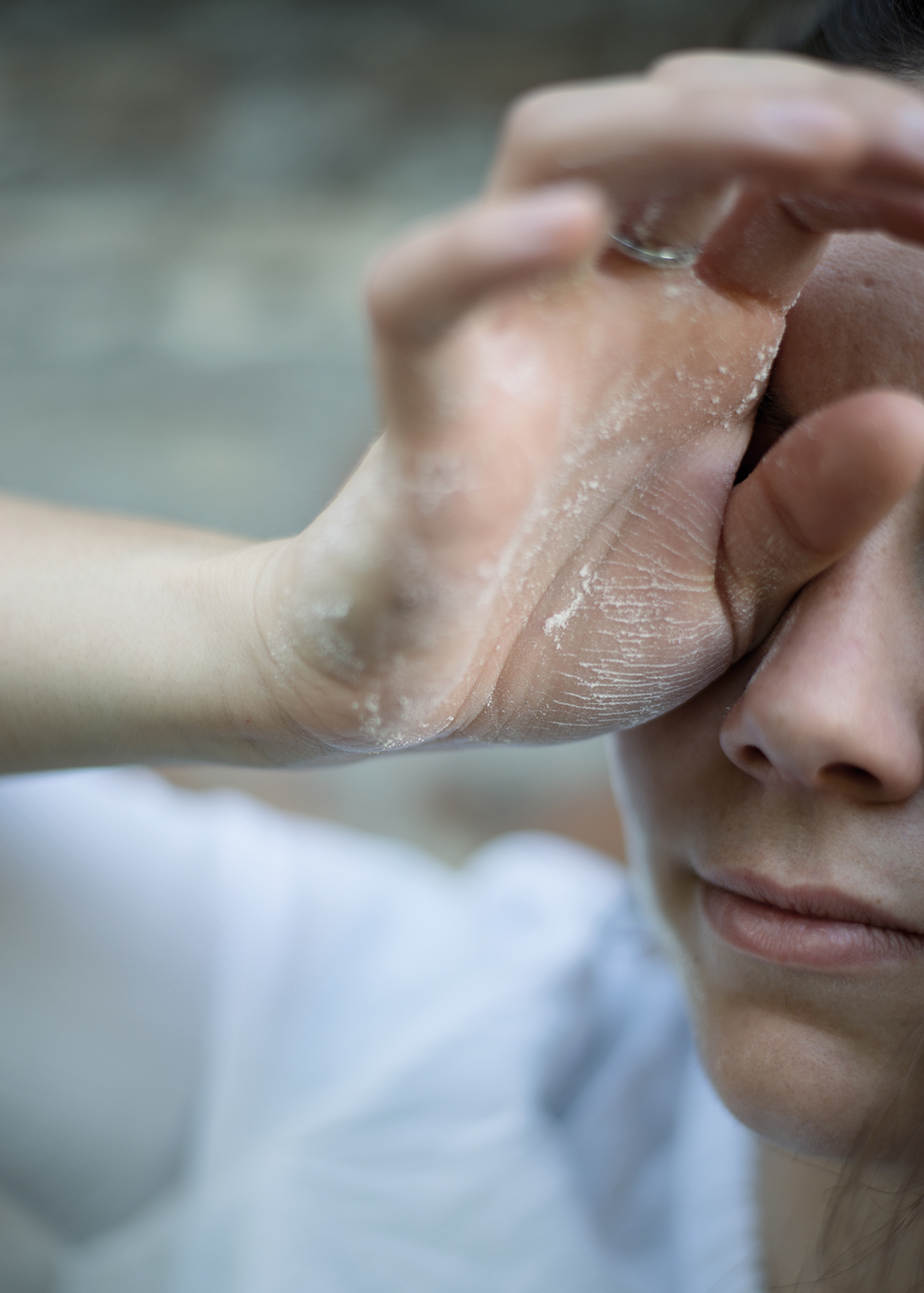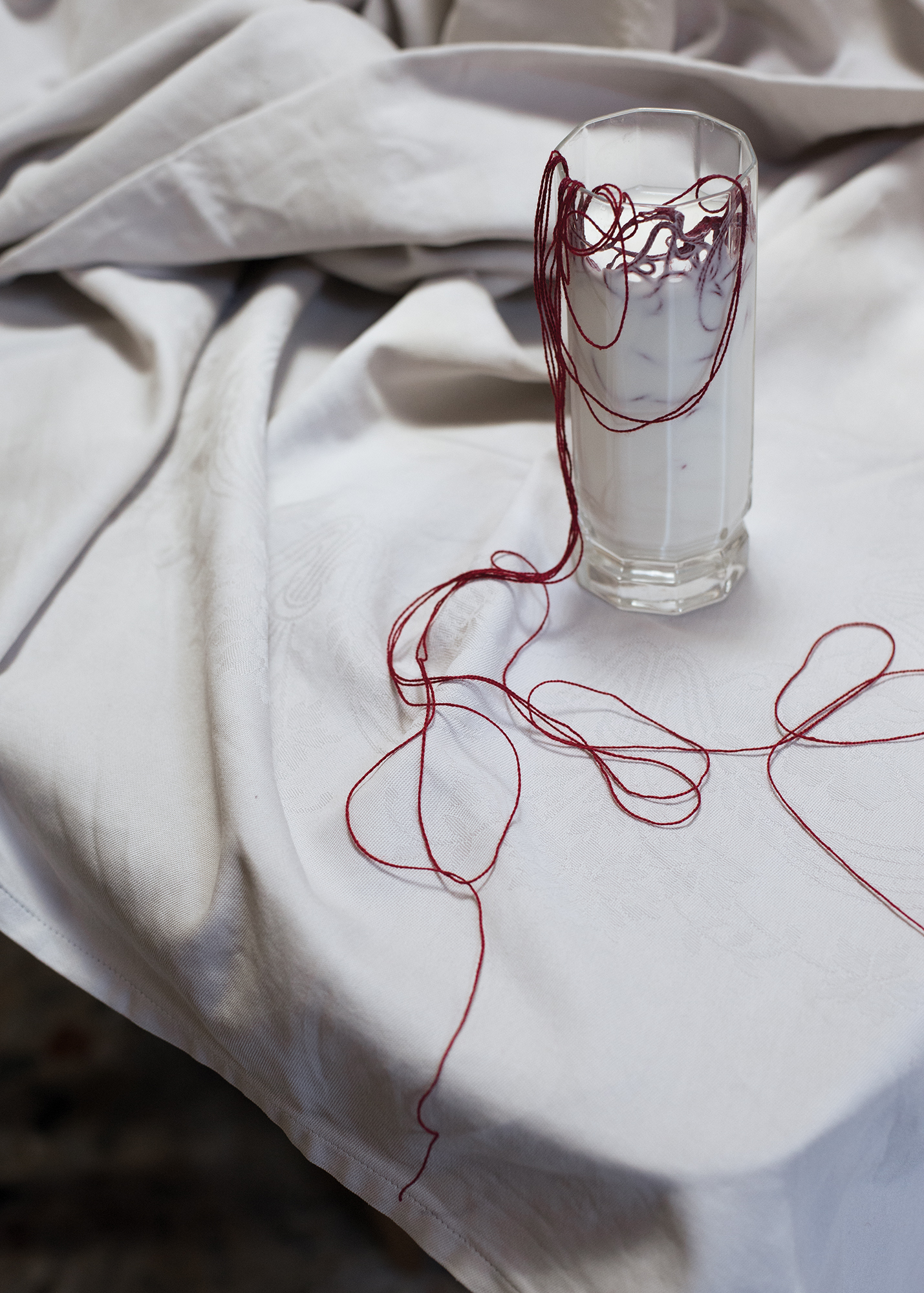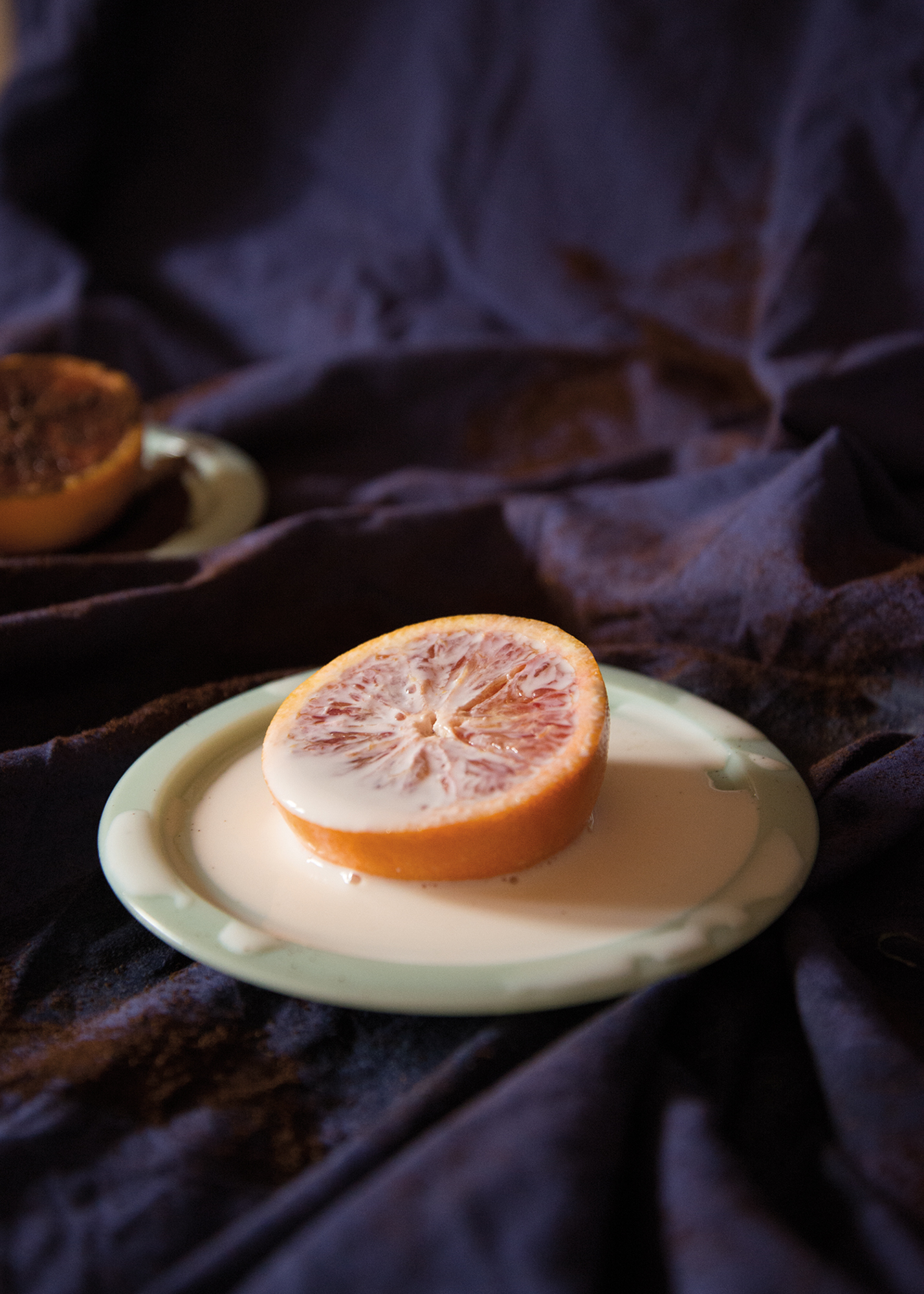Bianca Maldini
Once someone told me
Vincitore Open Call 2022
The project explores the boundary between fantasy and reality at the origins of fairy tales and popular beliefs. During a trip to Calabria, I collected memoirs in which blood is identified as a powerful element. Its role as a practical indicator of life, history and absolute bonds makes it capable of exerting influence on free will, seasonal fertility cycles and reasons of life and death. These stories have been united and reworked into a single narrative flow that sees them sprout and flourish from each other. The images represent a personal search for the incredible, the irrational, the invisible flow that determines fascination for the ancestral. They suggest a complementary vision of acceptance of the fantastic and its origins. What is today tied to childhood has in fact ancient roots, determined by an observation and communion with nature that contemporary and scientific development have made superfluous. Recognizing power in natural elements such as water and blood in the peasant culture of southern Italy was a pragmatic action taken by these people to understand that which surrounded them. Magic and those who exercised it, spells, potions, miracles are based on the ability to distinguish natural dynamics, vital and organic flows and to arrange them into a hierarchy. This book is not about the need to believe again, but rather about remembering why what was believed was believed, what dynamics led to the development of popular beliefs and where their origins lie. This undervalued historical parallel has left children with a lesson for adults. Living in a world full of answers flattens the possibility of vision and imagination. Searching for the fairy tale and the magical power in my daily life is a show of respect for the stories and cultures that are disappearing in this territory, erased by the race for modernization, during which the need for reality and concreteness risks both the loss of imagination, and the loss of the relational dynamics defined by direct involvement with one’s surroundings.
Within the project, the stories have been united and reworked into a single narrative flow that sees them germinate and blossom from one another. They are interwoven with images that suggest a vision that is at times complementary and at times parallel, in a personal journey of research and acceptance of the invisible Migration onto the seashore is the 1960s phenomenon, which saw the villagers of the Calabria mountainside begin constructing new housing complexes on the coast, with the aim of following an economic and social development that began to characterize the south as a land of seaside tourism. This abandonment of native villages, stones, mule tracks, pastures and mountains is seen by many as a pivotal moment in the process of the loss of collective memory, pagan beliefs, and a Panic spirituality that previously permeated the territory.
Bio
Bianca Maldini (1993, Bologna) is a multidisciplinary artist who works mainly with photography. She has a BA in Graphic Design and Visual Communication from Isia (Urbino), and a MA in Photography from Ecal (Lausanne). These different fields of study see her work always balanced between the two disciplines and have led to a specialisation in publishing. Her work is based on memory and intimate relationships, which act as an amplifier for broader and more complex social issues. Archival images and stories linked to a personal past are of considerable importance in her practice. She mainly focuses on the concepts of family, belonging and ancestral bonds. In 2020, she participated in the archive residency ‘Re-framing Home Movies #3’ on the re-evaluation of family film collections, later becoming a member of the association of the same name. In 2021 she was selected for the PHOTOGRAPH-ER training course during the Fotografia Europea Festival in Reggio-Emilia. She works as a freelance graphic designer, photo editor and photographer based in Bologna.




